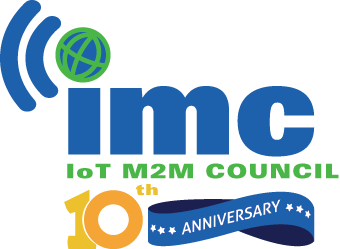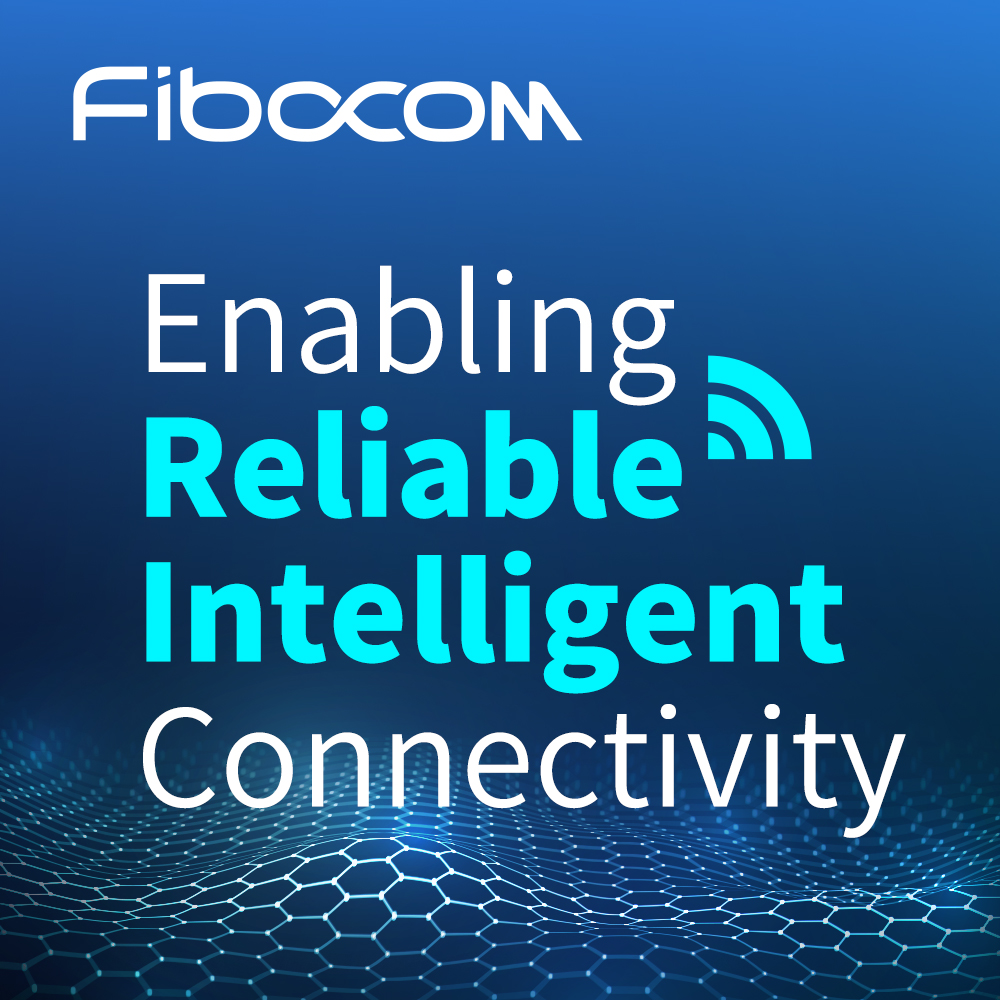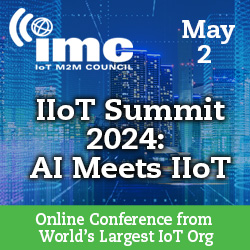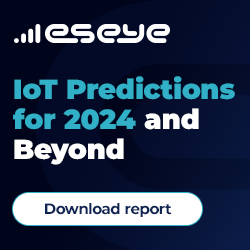Matter to drive smart-home market, says Berg
- April 24, 2023
- Steve Rogerson

The Matter standard is expected to drive the smart-home market to strong growth for at least the next five years, according to market watcher Berg Insight.
Matter enables interoperability between devices and services from various vendors, which will facilitate the purchasing process and setup of smart home devices for consumers.
The number of smart homes in Europe and North America reached 120.5m in 2022. North America is the leading market in terms of penetration and 39.2 per cent of all households in the region had at least one smart home product or system at the end of the year, which equals to 57.5m smart homes.
During 2022, the number of smart homes in North America grew 12 per cent year-on-year. The strong market growth is expected to continue in the next five years.
By 2027, Berg estimates that about 88.1m homes in North America will be smart, equal to 58 per cent of all homes in the region.
The European market is still somewhat behind the North American in terms of penetration. There were 63.1m smart homes in Europe at the end of 2022. The number of smart homes in the region is forecasted to reach about 112.8m at the end of 2027, representing a market penetration of close to 47 per cent.
The most popular smart home products include thermostats, light bulbs, security cameras, door locks, plugs and speakers. These products have sold in the hundreds of millions and are marketed by incumbent OEMs such as Signify, Resideo, Danfoss, Belkin, Chamberlain and Assa Abloy and newer entrants such as Ecobee, Mysa, Nuki, Arlo, Netatmo and Wyze Labs.
The market for whole-home systems is served by traditional home automation specialists, home security providers, telecom operators and DIY providers.
In North American, interactive home security has emerged as one of the most common types of smart home systems. The largest home security providers include ADT, Vivint, Comcast and Telus. In Europe, traditional home automation systems and DIY products are more common as whole-home systems. Centrica, eQ-3, Verisure and Somfy are estimated to be the largest vendors of whole-home systems in the region. The installed base of whole-home systems in Europe and North America amounted to 26.5m and 35.7m systems, respectively, at the end of 2022.
The smart home market continues to grow as more consumers realise the value of connected products and systems. Developments of products and services as well as connectivity standards that facilitate setup and control of devices from different vendors are also fostering growth in the market.
“The new Matter standard is likely to become a key driver for mass-market adoption of smart home devices in the coming next few years,” said Martin Backman, principal analyst at Berg Insight.
There are also other industry collaborations, such as the Home Connectivity Alliance (HCA) for connected home appliances, that aim to simplify control of various devices for end-users. Surging electricity prices are also creating demand for smart home products that can help households reduce their electricity consumption.
“Smart ACs, heat pumps, thermostats and other products that enable households to reduce expenditures are anticipated to increase in popularity over the coming years,” said Backman.




